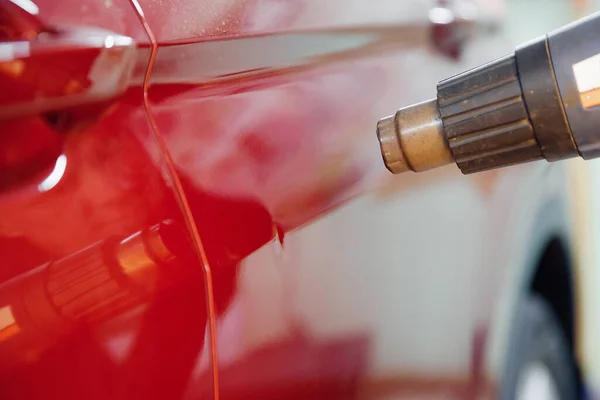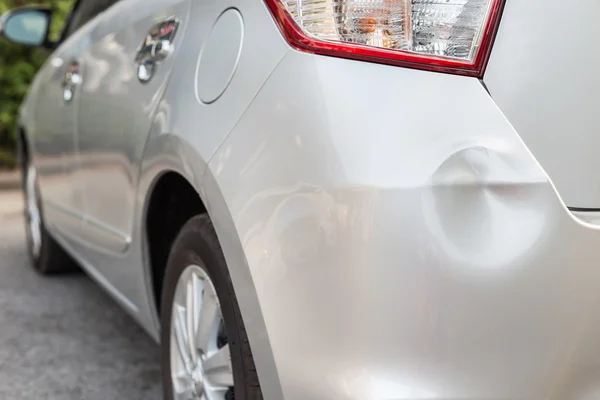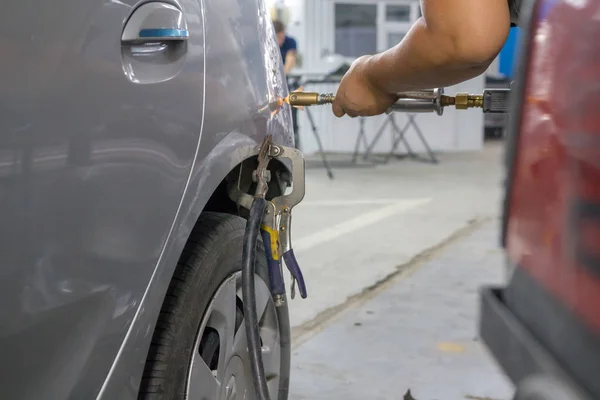Classic Car Dent Repair Guide: Techniques For Repairing Dents Without Damaging Original Paint
Classic cars hold a special place in automotive history and the hearts of collectors and enthusiasts. Whether you're restoring a classic car for personal satisfaction or maintaining it for resale value, preserving the original paint is crucial. Dents and dings are inevitable over time, but with the right techniques, they can be repaired without damaging the car's factory finish. This guide outlines methods you can use to fix dents on classic cars while keeping the original paint intact.
Understanding the Importance of Original Paint Preservation
Preserving the original paint on a classic car is vital for several reasons. First, original paint contributes to the vehicle's authenticity and value, particularly for collectors. Many enthusiasts seek classic cars with factory paint because it signifies that the car hasn’t undergone major repairs, accidents, or restoration work.
Additionally, factory paint has a level of quality and craftsmanship that modern repaints often cannot replicate. Therefore, when performing dent repairs on a classic car, using methods that avoid damaging the paint is essential for maintaining its historical and financial value.
Tools and Materials Needed for Dent Repair
Before diving into the specific techniques for repairing dents on classic cars, it’s essential to know the basic tools and materials required for a successful repair.
- Dent pullers: These are used to gently coax the dent out without harming the paint.
- Heat guns: Sometimes, applying mild heat can make the metal more malleable, allowing easier dent removal.
- Glue-based dent removal kits: These can be effective for pulling out dents without drilling into the bodywork.
- Rubber mallets and plastic tip hammers: These tools help reshape metal panels without cracking or scratching the paint.
- Microfiber cloths and polishing compound: These are essential for finishing the repair process and ensuring that any minor imperfections are smoothed out.
Using the correct tools is the first step in ensuring the dent repair process preserves the original paint.

Techniques for Repairing Dents Without Damaging Paint
Paintless Dent Repair (PDR):
This is one of the most popular methods for repairing dents without affecting the paint. It involves accessing the dent from behind the panel and using specialized tools to gently push the dent out. The process requires precision and patience, as applying too much pressure or force can stretch or damage the metal. It’s particularly suitable for minor dents that haven’t cracked or chipped the paint, making it ideal for preserving a car's original factory finish.
Heat and Cool Method:
This technique leverages the natural properties of metal to expand when heated and contract when rapidly cooled. By carefully heating the dented area with a heat gun (being careful not to overheat the paint) and then quickly cooling it with a can of compressed air, the metal contracts and often pops the dent back into shape. This method is effective for shallow dents and is non-invasive, but it requires caution to avoid heat damage to the paint or panel warping.
Glue Pulling Technique:
This method uses a special adhesive and plastic pulling tabs. The glue is applied to the tab, which is then attached to the center of the dent. Once the glue sets, a pulling tool is used to gently lift the dent outward. This technique is particularly useful for areas where accessing the back of the panel is difficult or impossible, like door panels or roofs. The adhesive used is paint-safe, and after the repair, the glue residue is easily removed without leaving a mark on the original finish.

Tapping with Rubber Mallets and Backing Tools:
For more resistant dents, especially on classic cars with thicker metal, a controlled tapping technique using a rubber mallet and a backing tool (such as a dolly) can help reshape the metal without damaging the paint. The process involves gently tapping around the edges of the dent while supporting the backside with the dolly. This slow and careful method allows the metal to return to its original shape without leaving creases or cracks in the paint, making it ideal for older, more durable vehicles.
Post-Repair Polishing and Finishing
- Polishing the Repaired Area: After the dent is removed, use a high-quality polishing compound and a microfiber cloth to gently buff the repaired surface. Work in circular motions to blend the repaired area with the rest of the panel, restoring the original shine and smoothness of the paint.
- Inspecting for Imperfections: Carefully inspect the panel under different lighting angles to ensure there are no remaining scratches, swirls, or dull spots from the repair process. Minor imperfections may require additional polishing to fully smooth out the surface.
- Waxing for Protection: After polishing, apply a layer of automotive wax to seal and protect the repaired area. This adds a protective layer that shields the paint from environmental elements, prevents future fading, and enhances the overall gloss of the car.
- Maintaining a Uniform Finish: It’s essential to polish the surrounding areas of the car as well to ensure an even, consistent finish across the entire panel. This prevents the repaired section from standing out visually and gives the entire car a seamless, professional appearance.
Preventing Future Dents
After successfully repairing dents, it’s wise to take measures to prevent future damage to your classic car. Regular maintenance, proper storage, and using car covers can all help minimize the risk of dents and dings. Parking in areas with low traffic and keeping a safe distance from other vehicles can also reduce the chances of accidental damage. Classic car dent repair requires specialized techniques to preserve the vehicle’s original appearance and value.
By using these dent repair techniques, you can keep your classic car in pristine condition without sacrificing its original paint. Each method requires precision, patience, and the right tools, but with care, you can restore your car’s bodywork to its former glory while preserving its authenticity and value.
Dent Werx Paintless Dent Repair
Houston, Texas - United States
Phone: +1-832-275-4374

